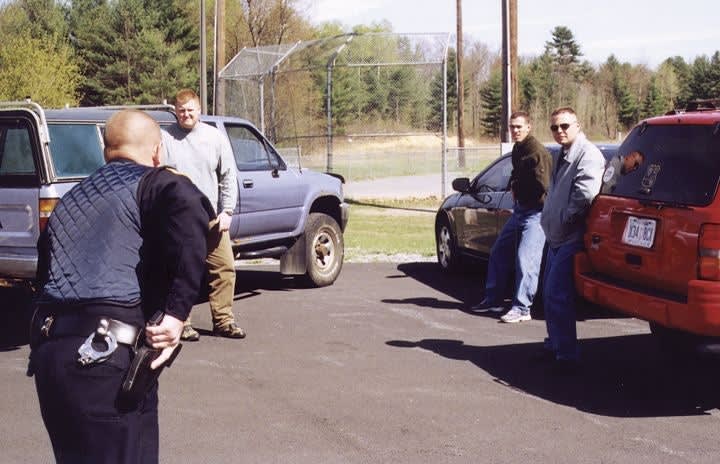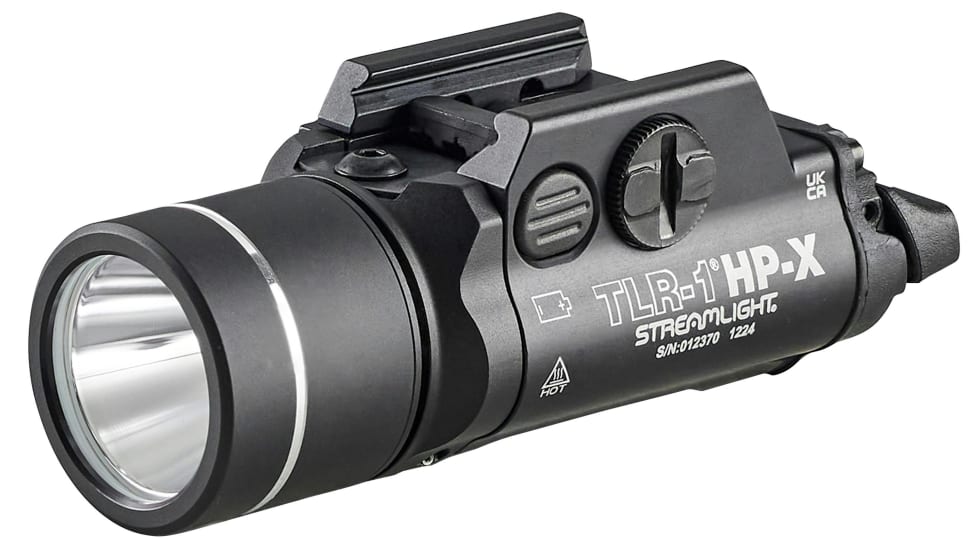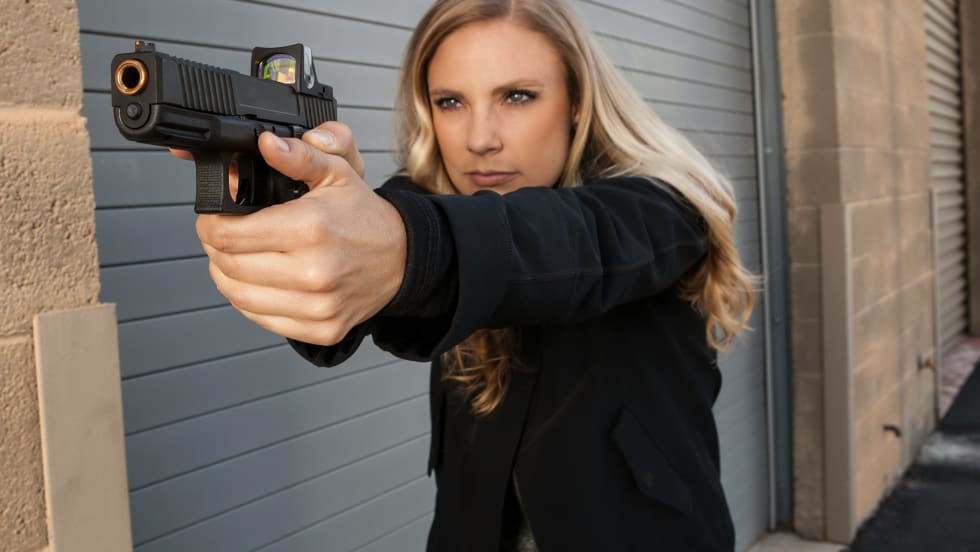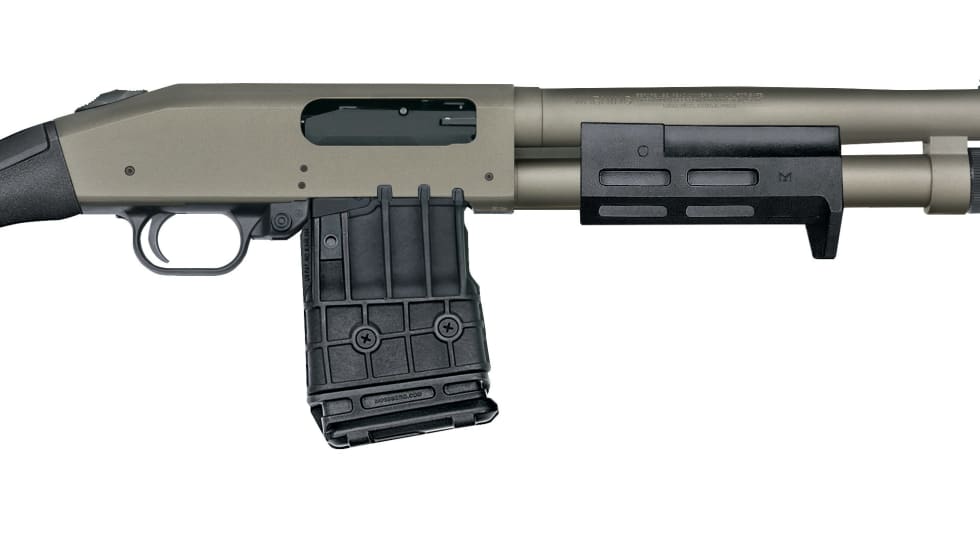Take Cover
In any gunfight, your first priority is to find cover. Statistics show that 95 percent of officers who reach cover during an officer-involved shooting survive the fight. This is even more critical when you're outnumbered. If you have good, solid cover and your attackers don't, you've evened the odds a bit.
Unfortunately, we don't think about cover until we desperately need it and, by then, it's probably too late to find it. This is especially true when you consider that real gunfights are short-lived-as often are their participants.
The average gunfight lasts seven seconds or less. That's not a lot of time to find cover, and it's even less when you consider that the actual exchange of rounds lasts for approximately 2.5 to 3.5 seconds. How much cover can you move to in 2.5 seconds? Unless you're within one or two steps of that cover, it's going to be difficult for you to locate and move to it under stress. Still, you must make the effort. It's your best bet for survival.
Of course, cover won't always be available. Studies show that cover is rarely available in officer-involved shootings. The reason is simple: 95 percent of street gun battles between police and bad guys take place at distances of less than 21 feet. That's close but most are even closer, with 75 percent at 10 feet or less and well over 50 percent at five feet or less.










